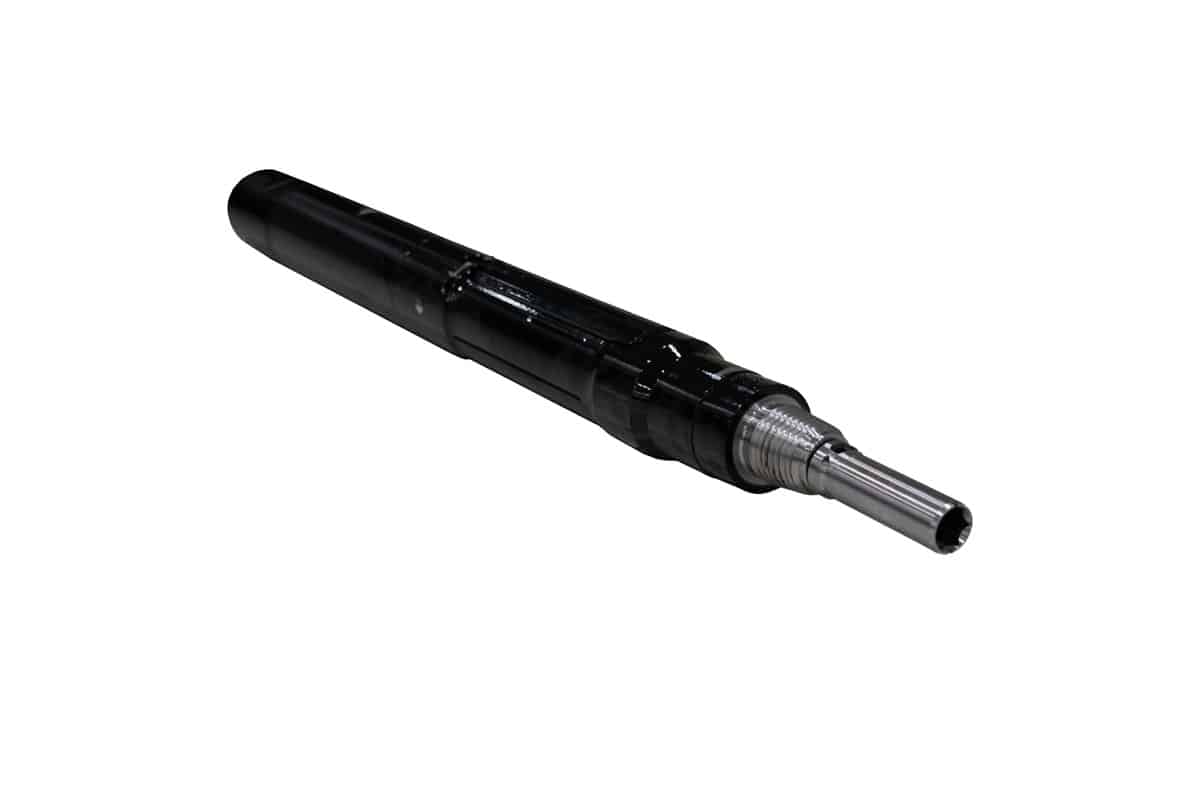Designed to Dig: Terex’s Excavators
The excavator has become a staple in the utility construction industry. From digging and backfilling to moving and placing pipe, it’s the go-to machine to get the job done. To pay homage to these hard-working pieces of iron and the companies that construct them, we’ve gathered the histories, product offerings and specs for the biggest names in the marketplace.
Over the next 11 pages, learn all about the most popular excavator manufacturers in North America from Case and Caterpillar to Komatsu and Volvo. Compare specs of different models or simply discover the beginnings of a brand you love. There are even insights and advice from industry insiders to aid in purchasing decisions and maintenance matters. So grab a drink, sit back and dig in.
Pam Kleineke is Managing Editor of Utility Contractor.
Terex
Three Units with a Long and Proud Hanix and Schaeff Heritage
The Terex excavator line was developed and made by Hanix and distributed by Schaeff in Germany. The first model was called the HR02. Terex purchased Schaeff in January 2002. Terex excavators are still engineered and manufactured in Rothenburg, Germany. Through the evolution of the equipment, the Terex excavator line has seen more than five generations. Terex engineers have focused on bringing a machine to market that has a high power-to-weight ratio, which equals an increase in capabilities in a smaller-sized machine. According to Terex, the basic design of all Terex excavators ensures they can handle tough jobsite applications with the best performing machines in their size category.
Product Spotlight: TC60, TC75 and TC125
Terex has three excavator models — the TC60, TC75 and TC125 — ranging from 44 to 116 hp with operating weights from 12,460 to 27,560 lbs and a variety of attachments to match jobsite needs. All Terex models have two travel speeds standard. Design features, such as the company’s axial piston, variable displacement hydraulic pumps and motors provide load-sensing and load independent flow division (LUDV) hydraulics for smooth simultaneous operation. With the LUDV design, oil flow is distributed to cylinders independent of the load. The main advantage of this system is that the excavator can be performing multiple actions at one time, without sacrificing flow. Because the machines are engineered with productive power and smooth hydraulics, these excavators excel in tough work environments,
says Terex.
Terex excavators are also engineered to provide optimal operator comfort, safety and productivity. The cab on these machines are quiet due to the low engine noise, ergonomically designed seats, excellent visibility and ergonomically designed pilot controls that ensure that the operator can comfortably sit back and operate the machine. The pilot-operated controls also provide changeable control patterns to adjust to the operator’s particular preference. Heat is standard on all models, and A/C is optional. Each unit is built with a large operator’s platform with two-sided entry for easy access from both sides of the machine.
Advice
“Hydraulic performance is one of the key performance factors for an excavator, as it affects both lift and load capacities,” says Gregg Warfel, Division Sales Manager — Compact, Terex Construction Americas. “Because of this, it is important to make sure you are utilizing the proper size machine for the particular application. When choosing an excavator, make sure the hydraulic capacity of the unit is going to be adequate for 85 to 90 percent of your jobsites’ needs — don’t sacrifice performance just to save a dollar.”






